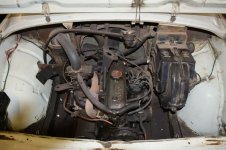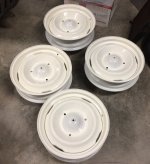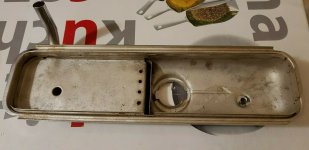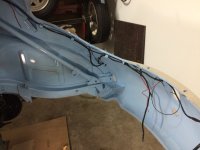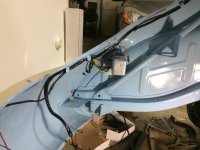I once (aged 18) ran a vacuum gauge, as they were quite the thing in the late 1960s/early 1970s. Useless. I needed open throttle just to keep up with the traffic so mostly there was no vacuum to measure. I did see inlet manifolds with a boss on top of the inlet manifold for drilling and tapping, and I think that is what I did. But precious little vacuum.....I need to construct a PCV system for my engine. I need a vacuum source from the manifold. I was thinking of drilling a hole in the intake manifold below the carburetor. Any thoughts on that?
Back then my later model pressed steel rocker cover, of pressed steel, had a T-piece on top which took a flexible pipe from a fitting on the side of the block and delivered fumes via a flexible pipe to a spigot on the top of the oil bath air filter, as per Mr Schlitz's VW description. The T-piece was pressed onto the rocker cover and every one I saw worked loose and leaked oil.
No PCV valve, just 1/2" plastic pipe.

